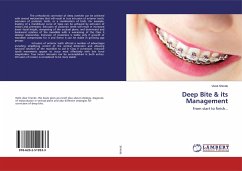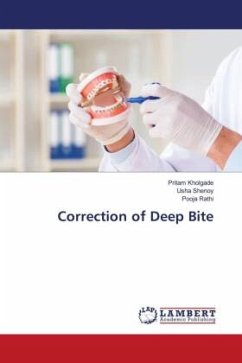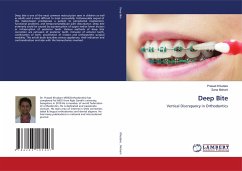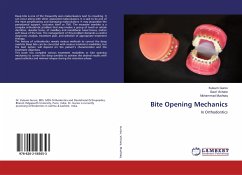The orthodontic correction of deep overbite can be achieved with several mechanisms that will result in true intrusion of anterior teeth, extrusion of posterior teeth, or a combination of both. For example, leveling of a mandibular curve of Spee can be achieved by extrusion of molars and premolars. Extrusion of posterior teeth will result in increased lower facial height, steepening of the occlusal plane, and downward and backward rotation of the mandible with a worsening of the Class II skeletal relationship. Extrusion of posteriors is stable only if growth of mandible compensates for it and hence is can be stable in growing age groups. Intrusion of anterior teeth affords a number of advantages including simplifying control of the vertical dimension and allowing forward rotation of the mandible to aid in Class II correction. Intrusive tooth movements appear to occur most effectively with low force magnitudes. True incisor intrusion can be accomplished in both arches. Intrusion of incisors is considered to be more stable.








